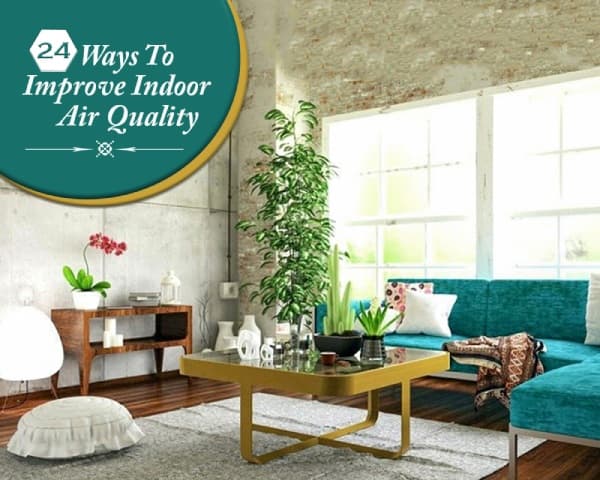
When you think of the words “air quality” some of the first things that might run through your head are pollution, car emissions, fossil fuels, exhaust fumes and all greenhouse emissions. Just the thought of all the air pollution makes you want to stay indoors more. Unfortunately, the air inside your home can sometimes be more dangerous and unhealthier than we think. This is because most air conditioning systems in our homes don’t have a way to ventilate the air that’s inside, causing contaminants to build up in your house. It is because of the indoor air quality that ‘LEEDS’ standards for awarding green building ratings has substantial credit points for “Indoor Air Quality.
The most common sources of indoor air pollution are asbestos, carbon monoxide emissions, radon, mold, tobacco smoke, and other chemicals found in household items like disinfectants, air fresheners, paint, adhesives, sealants, pesticides, and wood preservatives. We know indoor air pollution can be a scary thought, that’s why today we’re going to go over some ways you can reduce air pollution inside your house.
What is an Indoor Air Quality?
Indoor air quality, also known as “indoor environmental quality” is the quality of air inside and around the buildings. It also includes temperature, humidity, lack of outside air or poor ventilation, mold from water damage, and exposure to certain chemicals. ‘Occupational Safety and Health Administration (OSHA)’ (United States Department of Labor), describes how inside air quality can affect a person’s health, comfort, and ability to work. To aid people in achieving good indoor air quality, the green building rating agencies like UGBC in U.S. and IGBC in India have standard ranking houses/buildings based on their indoor air quality and have provided substantial credits for awarding green rating.
24 Tips on How to Improve the Air Quality Inside Your House
You spend most of your time indoors, so it is essential to pay attention to the indoor air quality. Bringing significant changes in lifestyle can help you to improve indoor air quality to a greater extent. Following are few of the simple modifications you can easily make to beat indoor air pollution:
01. Invest in an Air Purifier

Purifiers can be lifesavers when it comes to improving the air quality inside your house. A lot of air quality problems can be fixed with prevention or eliminating the source. But what if the source was something you can’t get rid of, like your family dog. Placing an air purifier in some of the most used parts of your house can help reduce allergens and pollutants in the air. Purifiers come in different shapes, sizes, and can have many features. If you’re not sure what purifier is best for you and your family, our friends at HomeIdeas.com have put together a list of the best purifiers on the market.
02. Changing AC Filters

Your air conditioning unit works hard all day and all night cycling the air in your house so you can live comfortably. As the air cycles, it goes through an electrostatic filter that helps filter pollutants like dust mites and allergens out of the air. Your air filter is the first line of defense against air pollutants inside your home, so make sure to change it regularly. As filters get older, they begin to clog up. Once the filter is too old, it no can no longer filter pollutants out of the air, and it can also cause damage to your AC unit.
Pro Tip: Using a high-performance air filter can help you trap even the smallest of contaminants and particles.
03. Eliminating All Sources to Improve Indoor Air Quality


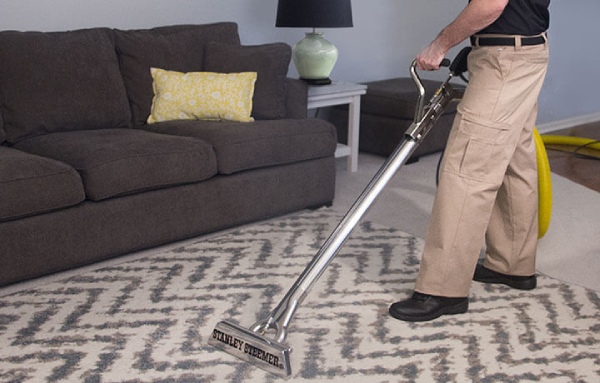
The easiest way to improve air quality inside your home is to simply eliminate the source. There are a lot of ways to help reduce contaminants inside your house, but the only way you can completely get rid of them is by eliminating the source, if possible. Pollutants can be hard to detect inside your home since a lot of them don’t have a smell or can’t be detected by the human eye, some of the ways you can eliminate the source of pollutants is by:
- Using extermination methods which are non-toxic to get rid of any pests.
- Replacing carpet with tile flooring to reduce dust mites.
- Washing all linens in hot water.
- Cleaning all rugs and carpets at least once a week.
- Grooming your pets regularly. Additionally, vacuum clean the area once a day to suck all the hairs and danders of pets and keep yourself safe from infections.
While you may not be able to remove all sources it’s good to remove those you can.
04. Increasing Ventilation
Inadequate ventilation can be a problem when it comes to the air quality inside your house. Having inadequate ventilation can contribute to indoor pollution by trapping contaminants indoors. Having proper ventilation allows pollutants to circulate outside and be diluted by fresh air. Some of the ways you can increase ventilation include:
- Opening doors and windows whenever possible helps to let in the fresh air and sunlight. Air circulation is a must for homes. The sunrays deter indoor air pollution, and kills germs and bacteria. While constructing buildings, care should be taken to have sufficient doors and windows and the provision of cross ventilation. As a thumb rule, all room should have a minimum of 10% and preferably 20% of carpet area as areas of windows. Good architects design houses so that the stipulated “air changes” per hour in different types of rooms are achieved.
- Using your bathroom and kitchen exhausts will ward off odours, smoke and the carbon from oil smoke. Along with this benefits, modern kitchen chimney also enhances décor value and style to a modular kitchen.
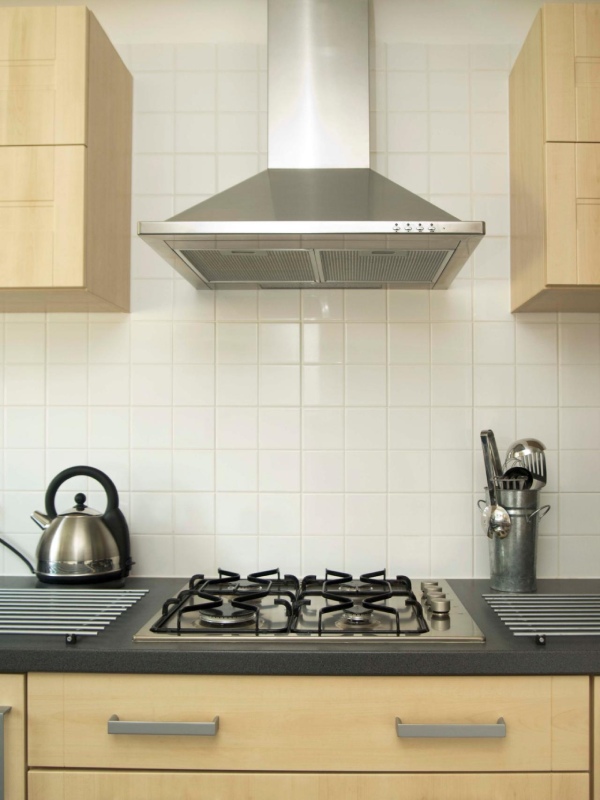
Nowadays, an extractor/exhaust fan is one of the important tools used in the houses as it helps to get rid of the problem of humidity, gases or smoke.
- Running a window AC unit with the vent open.
- Turning on any window or attic fans you might have.
These are just some great way to improve ventilation in the home.
05. Changing Other Air Filters of Your Home
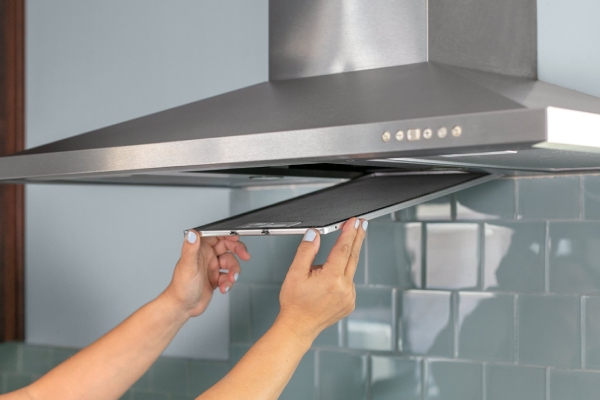

Your AC filter isn’t the only filter that needs to be replaced every few months. If you want to reduce allergens and contaminants, make sure you change out all your filters every time you change your air filter. Some examples of filters that should be changed are your vacuum filter, dryer filter, and your kitchen exhaust filter.
06. Checking the Air Ducts

The air ducts in your house are responsible for distributing air to all your rooms. Although they serve a very important function, having dirty air ducts can be harmful by helping spread mold and allergens throughout your house. Even though it’s not always necessary, getting your air ducts cleaned by a professional can help minimize the spread of pollutants inside your home.
07. Controlling the Humidity
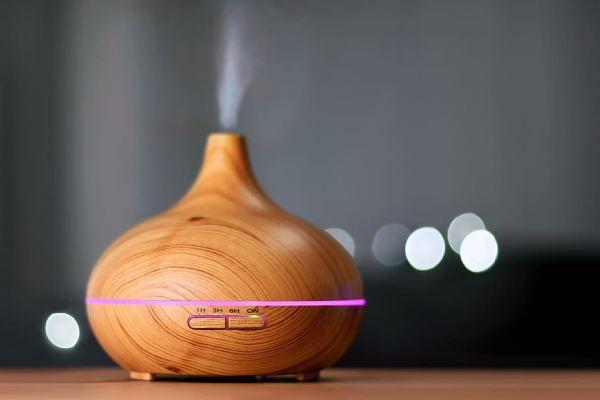
Mold and mildew are some of the leading causes of respiratory problems and allergens. Mold and mildew are primarily caused by humidity, lack of sunlight, poor ventilation, and dirt and debris. Humidity can be a big problem depending on where you live. It’s almost impossible to stop mold spurs from entering your house, what you can do is get a humidifier. The right humidifier will help maintain consistent humidity levels and create comfortable living conditions for you and your family. These humidifiers should be serviced periodically to keep the pollutants away. The filters should be changed as per the manufacturer’s instructions.
08. Buying Indoor Plants

Plants are mother earth’s air filters, having the correct indoor plants can help you dramatically reduce the pollutants within your house. Choosing the right plants is very important since some plants might reduce the air quality in your house. This is because some plants can contain allergens. Some plants that can help you improve your air quality are:
- Ferns
- Lillies
- Snake plants
- Golden pothos
- English ivy
- Chinese evergreen
According to ‘NASA- National Aeronautics and Space Administration’ (Report published on Interior Landscape Plants for Indoor Air Pollution Abatement), ‘low-light-requiring houseplants, along with activated carbon plant filters, have demonstrated the potential for improving indoor air quality by removing trace organic pollutants from the air in energy-efficient buildings.’ Thus, have air-purifying plants such as Tulsi, Arica Palm, Rubber plant etc. which are easy to maintain indoors and in the balconies.For your convenience, we have also added an article on, the best air purifying plants. It will help you to select the best plants for your home.
09. Avoid Smoke Emissions
It is advisable to refrain from smoking tobacco and limiting usage of gas stoves to avoid smoke emissions. If you cannot stop smoking, don’t smoke indoors. Go out of the house or in a smoking zone.
10. Carpets
Avoid using heavy carpets and instead use light carpets which can be cleaned at home. A better option is not to use mats because it is a storage box of clouds of dust, but due to its attractive designs, people opt carpets to beautify their home and commercial establishments. It is essential to vacuum clean once a day to keep carpets free from dust, mites, bacteria, and molds. Here, we give you some easy tips for cleaning your rugs and carpet.
Carpets are advisable in very cold countries where it is difficult to lay foot on the floor in winter. But they are useless in hot and humid countries like India where you have an additional problem of dust.
11. Clean Bathroom & Kitchen
These two spaces are most used in the home, and these are the wet spaces giving a chance to molds and mildew to grow. Keep kitchen and bathroom clean and damp free by cleaning after each use and periodic cleaning of walls, accessories, and tiles. The provision of sunlight in these areas keeps the area disinfected and dry.
‘National Building Code of India (NBC)[108]’ suggests air changes per hour for different rooms depending upon their use. Such as 6-10 air changes per hour are recommended for bathrooms and 8-12 air changes per hour are recommended for kitchens. If this cannot be achieved naturally install an exhausted fan.
12. Use of Eco-Friendly Paints & Cleaning Agents
Switch to eco-friendly paints and cleaning agents for your homes. Eco-friendly VOC free colours, which are devoid of lead or other obnoxious substances are in vogue. The same goes for cleaning agents. Adopt organic ones in daily life to stay away from indoor pollution.
13. Avoid Deodorants & Room Fresheners
Injurious chemicals are used in deodorants, room sanitizers and air fresheners. Avoid using them in your daily life. Switch to organic and natural deodorants such as lemon and vinegar to ward off body dour. Neem, baking soda and lemon can be good substitutes for sanitizers and fresheners.
14. Use a Vacuum cleaner with Replaceable Dust Bag
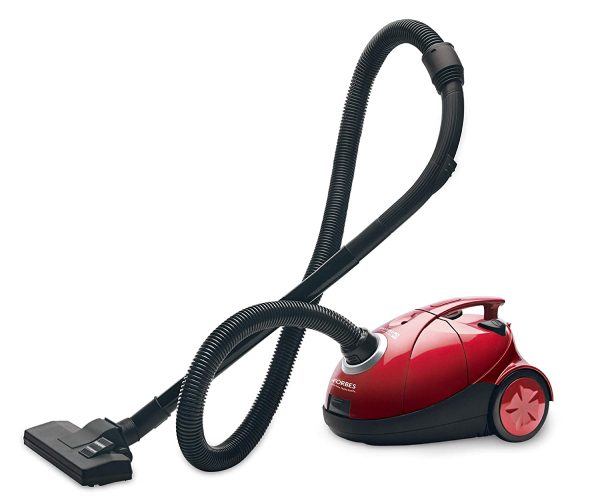
Get a vacuum cleaner that has a facility of the replaceable dust bag. It does have a recurring cost, but it is safe for the household. A washable dust bag does bring some dust inside your house even after thoroughly cleaning by a vacuum cleaner. It can help you to get rid of dirt and dust from your carpets, furnishings and floors etc. Apart from these, click to know
15. Cleaning Furnishings & Curtain
Make a habit of changing home furnishings and curtains at regular intervals. Buy lighter ones which do not accumulate dust much and get it cleaned monthly or bi-monthly. Using unwashed ones can affect you with breathing problems and allergic reactions.
16. Natural Cleaning Agents
Natural cleaning agents are economical and healthy to use for home and surroundings. These days a lot of safe herbal alternatives are available in the market.
17. Accessible to Clean Decorative Accessories
Decorative accessories make our home beautiful and attractive. While buying, keep in mind to buy those which are easy to clean and are not intricate. The objects with a lot of grooves attract more dust.
18. Daily Dusting
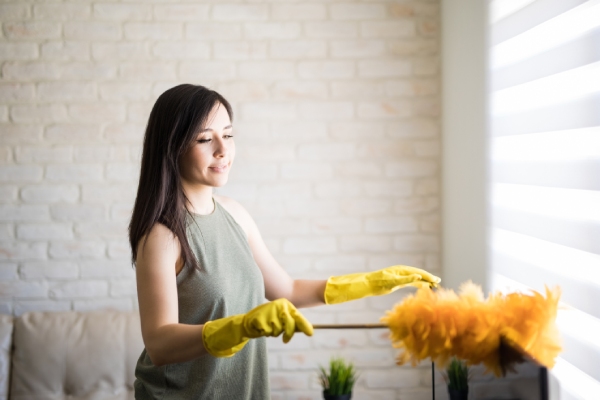
Clean your home and surroundings regularly so that cobwebs and dust don’t accumulate and keep your home sparkling clean and safe for the dwellers.
Daily cleaning or dusting of the house is always a priority among all household tasks and it is the never-ending process. Thus, the knowledge of house cleaning schedule is crucial for your busy schedule.
19. Use of Damp Microfiber
For cleaning don’t use feather cleaners as it leaves the dust after cleaning; insist on damp microfiber for cleaning because it absorbs dust and leaves the area clean. So, pay attention to the kind of cleaning tools used in the household.
20. Clean & Air-Dry Mattresses
Mattresses are often ignored, but it carries more dust mites than you can imagine. It can also invite fungus and bed bugs. Make a habit of cleaning them with baking soda and vacuum cleaner to dust out the bags of dust. Exposure to sun quarterly or half-yearly is also a good method of getting rid of germs from the mattresses.
21. Discard Old Pillows & Comforters
Pillows and comforters are a hub of germs and bacteria. Wash your pillows and comforters regularly if you are using washable pillows and comforters. If they are not washable, then replace them every two years.
22. Fix Leaks
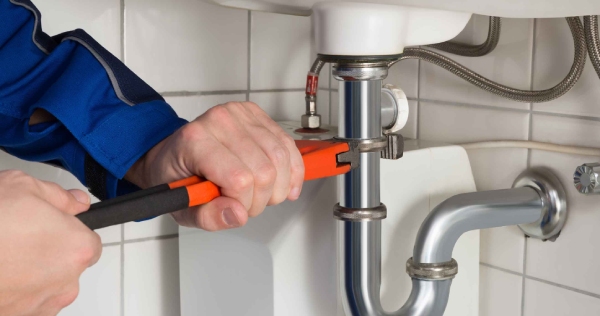
Don’t ignore leakage of pipes and drainage of any kind. It invites molds and fungus to develop leading to the hampered air quality of your home.
23. Clean Walls
Walls should be cleaned periodically because the dust accumulates on the walls. Depending on the type of the paint used for walls, either clean by damp dust absorbent cloth or with water and shampoo.
24. Remove Shoes
Follow the practice of removing shoes before entering the house to save your home from dirt and grime.
What Causes Poor Indoor Air Quality?
There are various reasons for poor indoor air quality. Let’s find out the reasons for poor indoor air quality.
01. Change in Style of Construction:
There are significant changes in the construction pattern of the buildings of current era and the vintage constructions. Nowadays, the buildings are compact and have fewer windows. Therefore, air circulation is limited.
02. Change in Lifestyle:
Adoption of the HVAC system in our lifestyle leads to closed doors and windows, and there are limited options for entry of fresh air and sunlight. The absence of fresh air and sunshine leads to air pollution inside the buildings. Moreover, the sunrays which are considered as one of the greatest germicides, are obstructed by the curtains.
03. Use of Tobacco:
Tobacco smoke is a significant cause of indoor air pollution and leads to deadly and severe diseases such as pneumonia, lung cancer, bronchitis, irritation in the respiratory tract, heart disease, etc. Not only the active smokers are inflicted, but even passive smokers are also affected in spite of having no-fault.

04. Pet Dander’s, Pet Hairs, and Dust Mites:
The contaminants of pet dander’s, hairs and dust mites add to the air pollution, and the dwellers might face issues of asthma symptoms, throat irritation, flu, skin diseases and one or other forms of allergy.
05. Chemicals used in Paints, Sprays, and Cleaning Agents & Deodorants:
Volatile organic compounds (VOC) are chemicals used in paints, sprays, cleaning agents, deodorants and air fresheners. They have harmful effects on the human body and can lead to various types of cancer, renal diseases, or affect the proper functioning of brain and coordination. These chemicals, even after application, continue to emit VOC, which are injuries to health.
06. Use of Lead:
Paints containing lead can lead to life-threatening diseases due to emission of poisonous gases.
07. Use of Formaldehyde:
Formaldehyde is one of the common causes of indoor air pollution because it is widely used in furniture and fixtures. Plywood and all other artificial woods are the sources of poor indoor air quality to a smaller or a larger extent. It can lead to cancer, irritation of the eyes, throat, nose and it is also a reason for allergic reactions.
08. Pollen Level:
Allergic symptoms are aggravated in individuals having allergy to pollen levels in certain climatic and weather conditions.
09. Carpets:
Heavy carpets attract specks of dust and bacteria, so the use of heavy carpets should be avoided.
10. Furnishings:
Heavy furnishings look attractive but are a house of mites and dust, and it adds to indoor pollution.
11. Mold & Mildew:
The wet spaces of the house and dark, dingy corners where sunlight does not reach are more prone to mold & mildew.
Conclusion
Whenever you hear the term “air pollutants” the last thing to cross your mind is the air quality inside your house. Even though air pollutants are mostly invisible, they’re all around us and can be particularly dangerous indoors if not treated properly, this is why the air quality in your house should be checked regularly. Taking proper care of the air quality in your house can help prevent future health issues. Even though it’s impossible to completely eliminate air pollutants within your house, there are several ways you can greatly reduce them.
Image Courtesy: Image 3, Image 6, Image 7, Image 8, Image 9, Image 10, Image 12, Image 13, Image 14
Author Bio
Illa verma – Ila Varma is a freelancer blogger with a vast experience in content writing, branding, fictional stories and poetry. She has collaborated with various brands as a content creator and is a certified content writer.
Coming from a small town, she has carved a niche of her own. Apart from writing, she is involved with an NGO Bhojan Bank, which provides one-time free meal to homeless people. She enjoys listening to music and is an avid traveller.
Prior to her writing career, she has worked with India Infoline, Kotak Sec. and ShareKhan.































